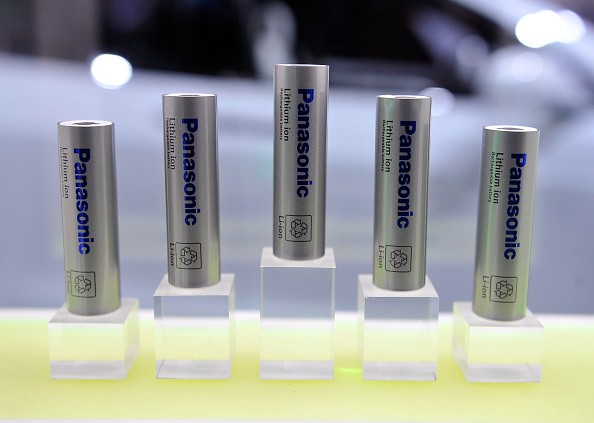A 3D solid-state battery structure that uses new materials capable of holding more lithium ions than current batteries is being developed by Prieto Battery, a startup. The company is a spin-off from the Colorado State University in Fort Collins.
CNET reports that the new battery charges faster, does not burn easily and could be shaped to fit into wearables, PCs and bigger products such as solar panels, says Amy Prieto, the company founder. The battery would likely be available in the market by 2016.
To help commercialize the battery, which has five times or more energy capacity that the current lithium-ion batteries, Intel Capital provided this week the startup an undisclosed amount of funding. Intel is also helping Prieto develop the battery so wearables and computing devices could use it by 2017.
The conventional lithium-ion batteries are based on a 2D structure, while the upcoming battery has a structure that could be implemented on existing production processes. Prieto plans to license to battery manufacturers the technology.
Max Hamedi, a Harvard researcher working on elastic foam batteries made from wood pulp, says that the 3-D battery technology that Prieto uses "has the potential to surpass any battery that you can build in 2-D systems," quotes Technology Review.
Prieto explains that current batteries, made up of a cathode and an anode, take longer time to charge. By removing the liquid electrolytes that allow charged lithium ions to move around and using interlocked cathodes and anodes, the density of lithium ions are boosted and battery charge times is sped up.
The Prieto battery uses anodes made up of copper substrates to provide more density that the graphite anode that current batteries use.
Because lithium-ion batteries are less costly to produce, major manufacturers such as Panasonic and Sony prefer it over using chemicals such as silver-zinc that have more storage capacity.



























